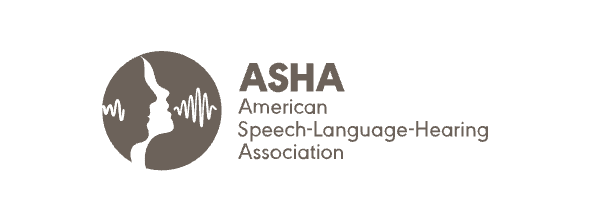-
Services
-
Our Services
Ideas for your home and garden
plus delicious recipes and entertaining ideas
Services
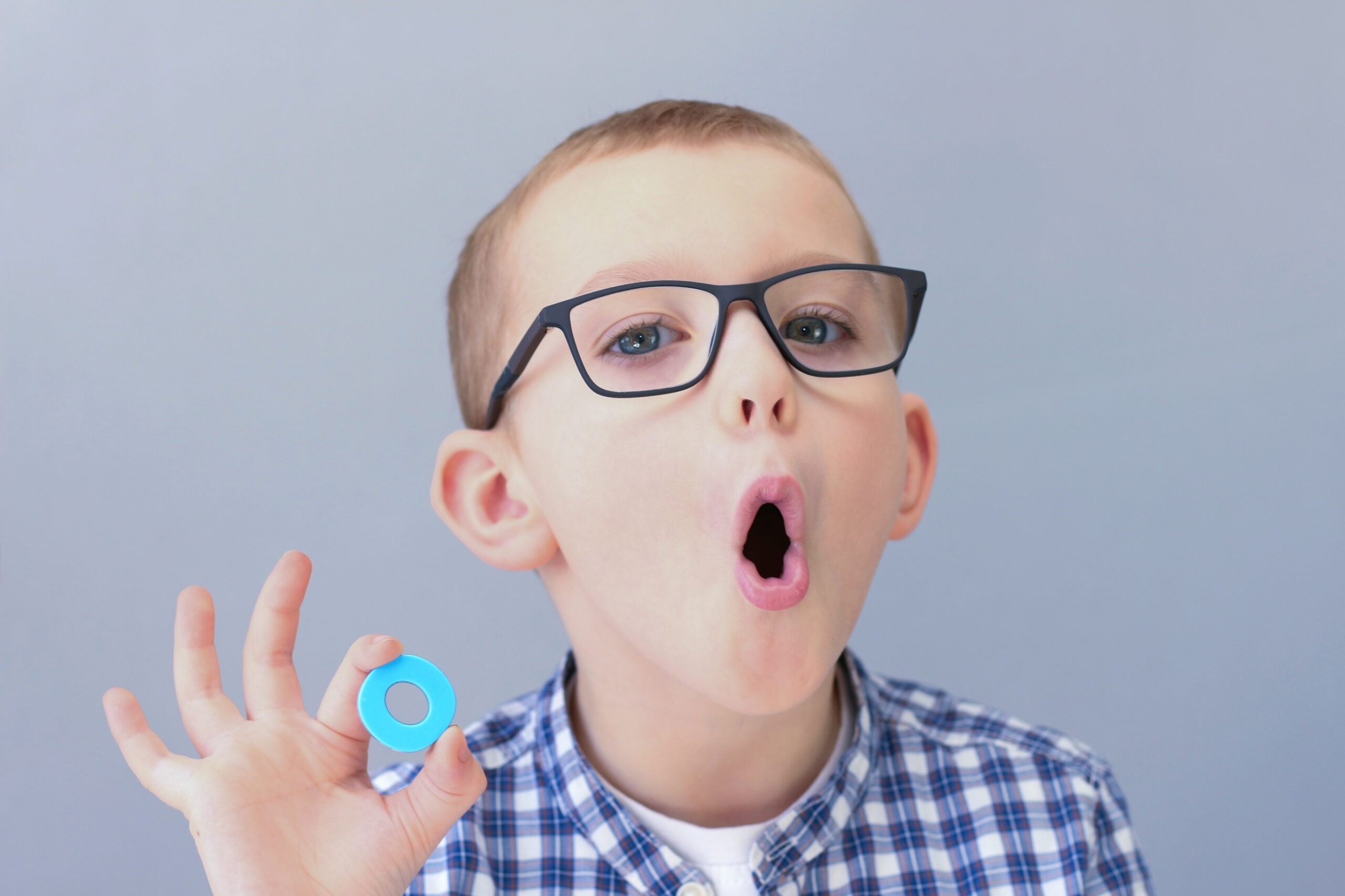
Articulation
Articulation
 Articulation in speech therapy focuses on enhancing a person’s ability to produce clear and accurate speech sounds
Articulation in speech therapy focuses on enhancing a person’s ability to produce clear and accurate speech sounds
Phonological processing disorder is a type of speech sound disorder where a child has difficulty organizing their speech sounds into the correct patterns of sound. This is not due to issues with producing the sounds themselves (as in articulation disorders), but rather a difficulty in using the sounds correctly in words. It often leads to patterns of sound errors known as phonological processes, which can make speech hard to understand.
Example of a common phonological processes is replacing /l/ or /r/ with /w/ or /y/, e.g., “wabbit” for “rabbit.”

Receptive and Expressive Language
Receptive & Expressive
 In speech therapy, receptive language and expressive language refer to two key areas of communication skills:
In speech therapy, receptive language and expressive language refer to two key areas of communication skills:
Receptive Language: The ability to understand and process language. It includes understanding words, sentences, gestures, and concepts such as directions, questions, and stories. For example, following instructions, listening, identifying objects when named, or comprehending spoken or written information are aspects of receptive language.
Listening and reading skills.
Receptive = Understanding
Expressive Language: The ability to convey thoughts, feelings, and ideas using words, sentences, gestures, or writing. It involves vocabulary, sentence structure, grammar, and the ability to organize and share information effectively. Speaking, facial expressions, gestures, writing and vocalization. Examples include asking questions, naming objects, or forming sentences.
Speaking and writing skills.
Expressive = Communication
Speech therapy often targets these areas to help individuals improve both understanding (receptive) and communication (expressive) skills based on their specific needs.
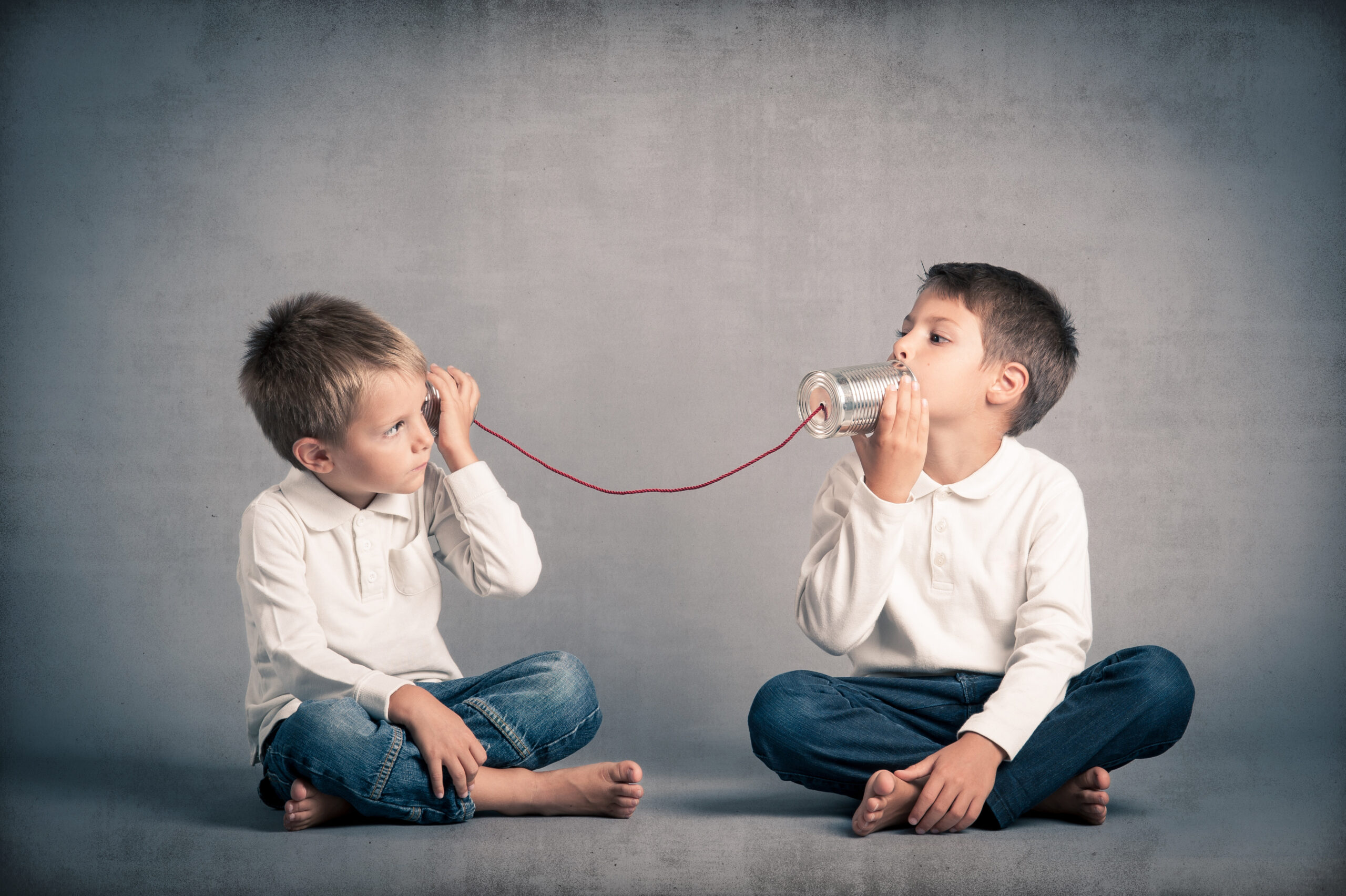
Social Language
Social Language
 Social communication in speech therapy focuses on improving an individual’s ability to use language effectively in social contexts. It involves teaching skills like understanding and using verbal and nonverbal communication, taking turns in conversation, understanding social cues, and adjusting communication based on the listener or situation.
Social communication in speech therapy focuses on improving an individual’s ability to use language effectively in social contexts. It involves teaching skills like understanding and using verbal and nonverbal communication, taking turns in conversation, understanding social cues, and adjusting communication based on the listener or situation.
This area of therapy often addresses deficits in pragmatic language, which includes:
- Using language for different purposes, such as greeting, requesting, or informing.
- Changing language based on the situation or audience (e.g., talking differently to a peer versus a teacher).
- Following conversational rules, like staying on topic, turn-taking, and repairing communication breakdowns.
Social communication therapy is often used with individuals who have autism spectrum disorder (ASD), social communication disorder (SCD), traumatic brain injury (TBI), or other developmental and neurological conditions. Techniques may include role-playing, video modeling, group therapy, and explicit teaching of social scripts or strategies.
The goal is to enhance meaningful interactions and foster stronger relationships in daily life.
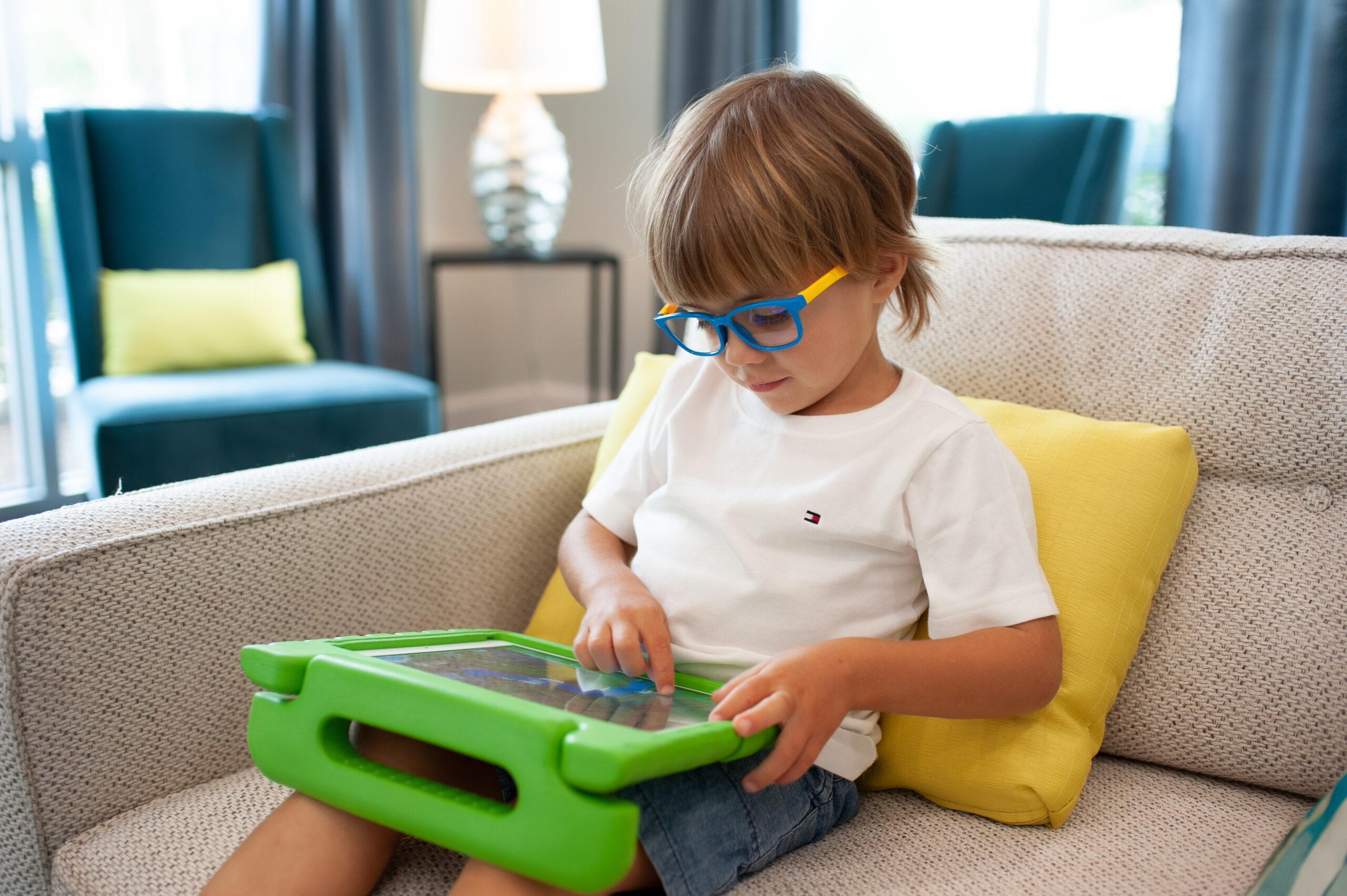
AAC Device Services
AAC Therapy Services
 Augmentative and Alternative Communication (AAC) therapy is a vital component of speech therapy, particularly for individuals with significant speech and language impairments. AAC refers to various methods, devices, and strategies used to supplement or replace verbal speech.
Augmentative and Alternative Communication (AAC) therapy is a vital component of speech therapy, particularly for individuals with significant speech and language impairments. AAC refers to various methods, devices, and strategies used to supplement or replace verbal speech.
Types of AAC:
- Unaided AAC: Such as gestures, sign language, or facial expressions.
- Aided AAC: Involves tools or devices, including:
- Low-tech AAC: Picture boards, communication books, and symbol cards.
- High-tech AAC: Apps on tablets or smartphones.
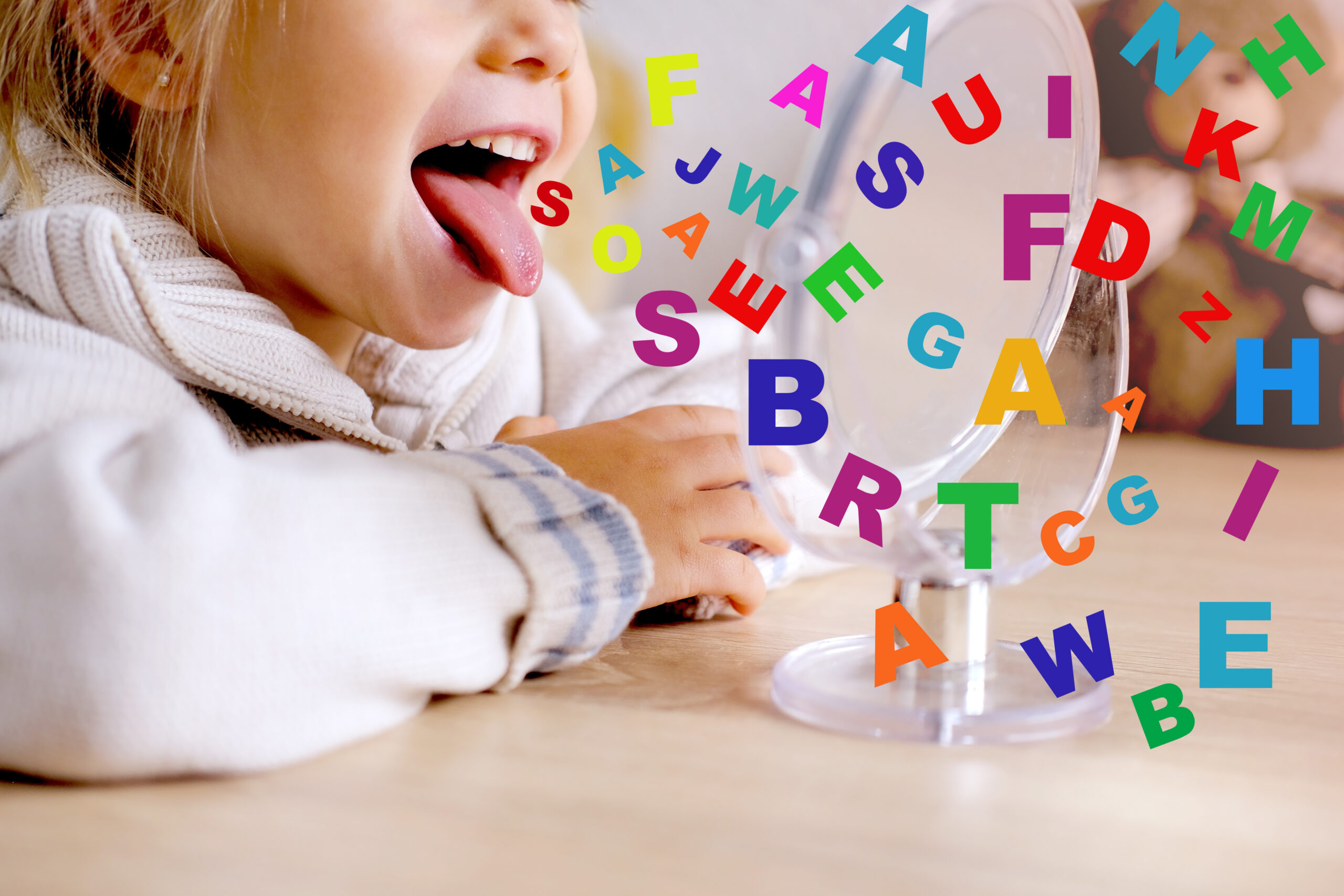
Fluency/Stuttering
Fluency/Stuttering
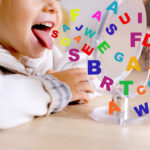 Fluency in speech therapy refers to the smooth, consistent, and uninterrupted flow of speech. It primarily focuses on addressing disruptions in speech patterns, such as stuttering (repetitions, prolongations, or blocks) or cluttering (rapid or irregular speech). Therapy aims to improve a person’s ability to communicate confidently.
Fluency in speech therapy refers to the smooth, consistent, and uninterrupted flow of speech. It primarily focuses on addressing disruptions in speech patterns, such as stuttering (repetitions, prolongations, or blocks) or cluttering (rapid or irregular speech). Therapy aims to improve a person’s ability to communicate confidently.
Key aspects include:
- Intervention Techniques:
- Stuttering Modification: Helping individuals manage and reduce stuttering moments.
- Fluency Shaping: Teaching techniques like slowed speech, controlled breathing, and gentle onset of sounds.
- Emotional Support: Addressing anxiety, fear, or negative feelings about speaking.
Therapy is tailored to the individual’s needs, incorporating both behavioral and psychological approaches to improve communication and quality of life.
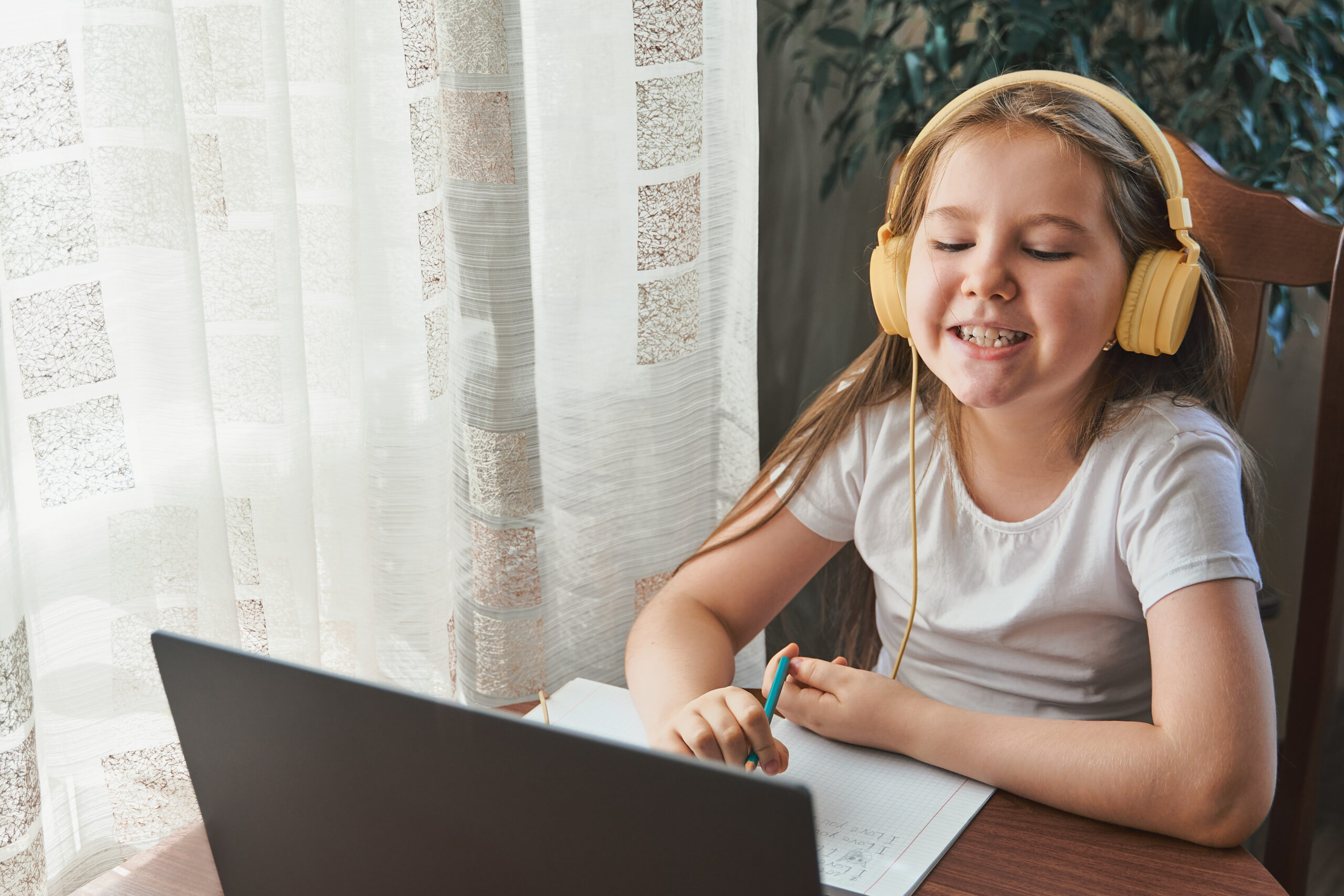
Teletherapy
Teletherapy
 Teletherapy, also known as online speech therapy, is a convenient way to access speech and language therapy services remotely. It uses video conferencing platforms (Zoom, Google Meet) to connect therapists and clients in real-time. This option has become increasingly popular, especially for children and parents with scheduling constraints.
Teletherapy, also known as online speech therapy, is a convenient way to access speech and language therapy services remotely. It uses video conferencing platforms (Zoom, Google Meet) to connect therapists and clients in real-time. This option has become increasingly popular, especially for children and parents with scheduling constraints.
Telepractice was approved by the American Speech-Language-Hearing Association (ASHA( as a valid and ethical means of clinical service delivery in 2005.
Benefits of Teletherapy for Speech Therapy
- Flexibility: Flexible hours for conveniently receiving therapy.
- Engagement: Therapist uses interactive, digital tools to keep sessions engaging.
- Parental Involvement: For children, parents can easily observe and participate in therapy.
- Increased privacy and social distance.
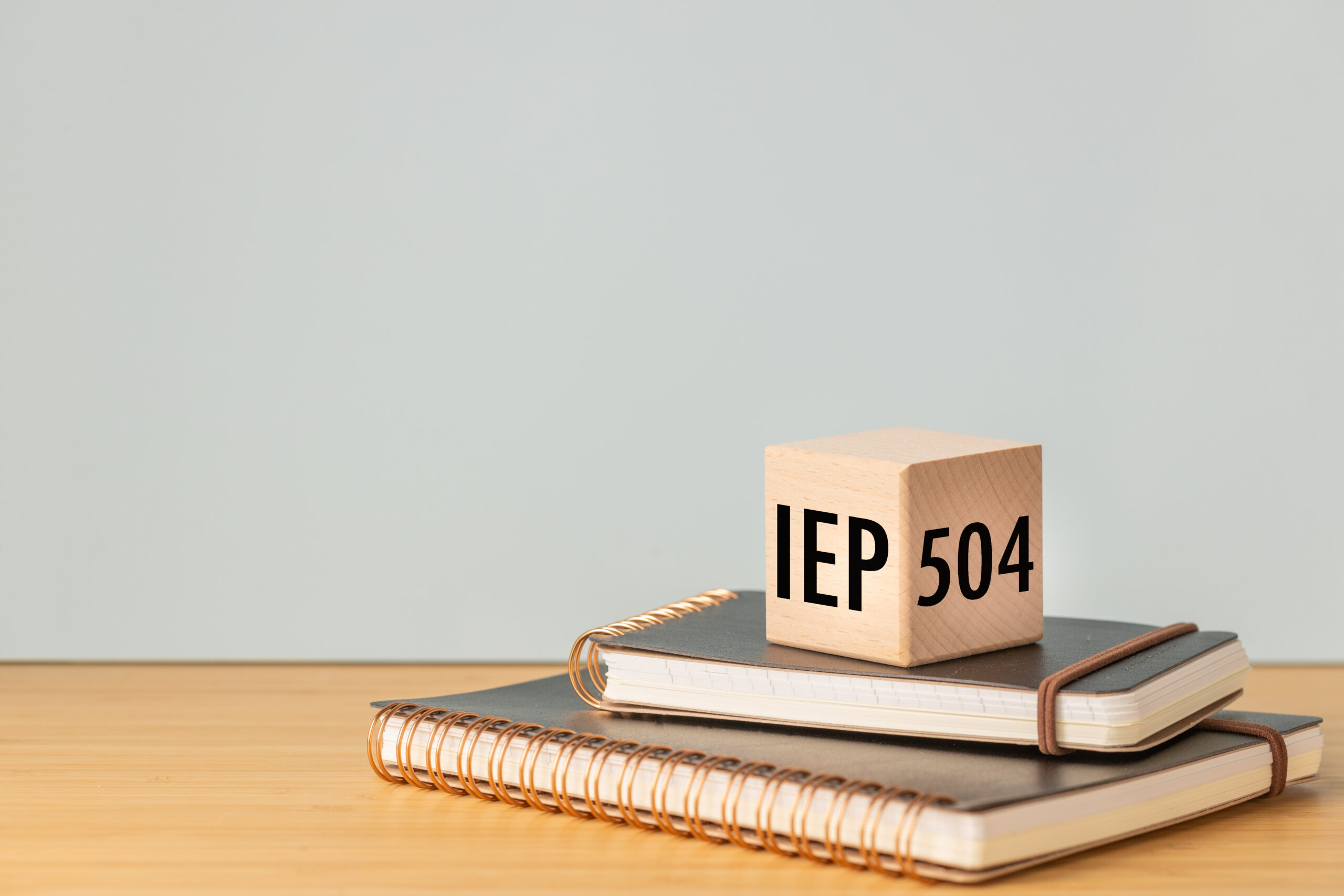
IEP & 504 Consultation
IEP/504 Consultation
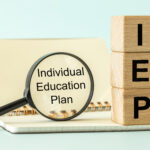 IEP and 504 Plans
IEP and 504 Plans
Speech therapists (or speech-language pathologists, SLPs) play a critical role in supporting students with speech, language, and communication needs in both Individualized Education Plans (IEPs) and 504 Plans.
Reduce the stress of preparing for your child’s IEP meeting. Get guidance step by step through the complex maze of the IEP and 504 process, from preparing for the meeting to reviewing the draft, to advocating for your child’s rights and needs.
IEP Consultations
How to navigate the IEP process. An IEP is a legally binding document under the Individuals with Disabilities Education Act (IDEA) designed to support students with disabilities that impact their ability to learn in a general education setting.
504 Plan Consultations
How to navigate the504 process. A 504 Plan, authorized under Section 504 of the Rehabilitation Act, ensures students with disabilities receive accommodations to access education but does not require specialized instruction like an IEP.
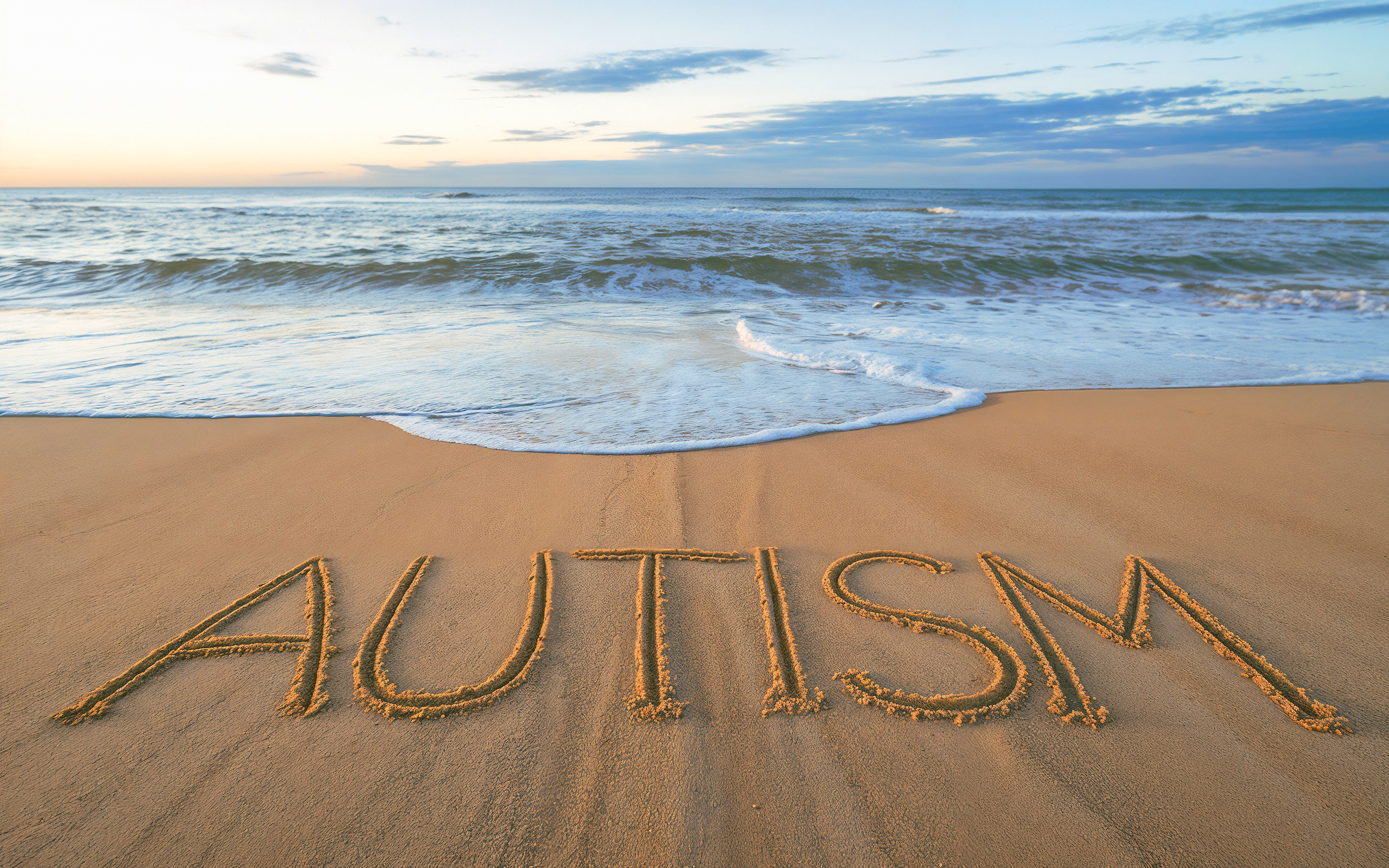
Autism
Autism
 Autism Spectrum Disorder (ASD) is a neurodevelopmental condition characterized by challenges in social communication, interaction, and repetitive behaviors.In speech therapy, the focus is on addressing communication challenges, which can vary widely depending on the individual’s needs.
Autism Spectrum Disorder (ASD) is a neurodevelopmental condition characterized by challenges in social communication, interaction, and repetitive behaviors.In speech therapy, the focus is on addressing communication challenges, which can vary widely depending on the individual’s needs.
Key areas include:
- Social Communication: Enhancing skills like initiating conversations, understanding social cues, and engaging in back-and-forth interactions.
- Language Development: Supporting receptive (understanding) and expressive (speaking) language skills, including vocabulary, grammar, and sentence structure.
- Pragmatic Skills: Teaching how to use language appropriately in social contexts, such as taking turns, staying on topic, and understanding nonverbal communication (e.g., tone, gestures).
Speech therapy for individuals with ASD is highly individualized, often involving collaboration with families and other professionals to create a supportive environment for communication development.
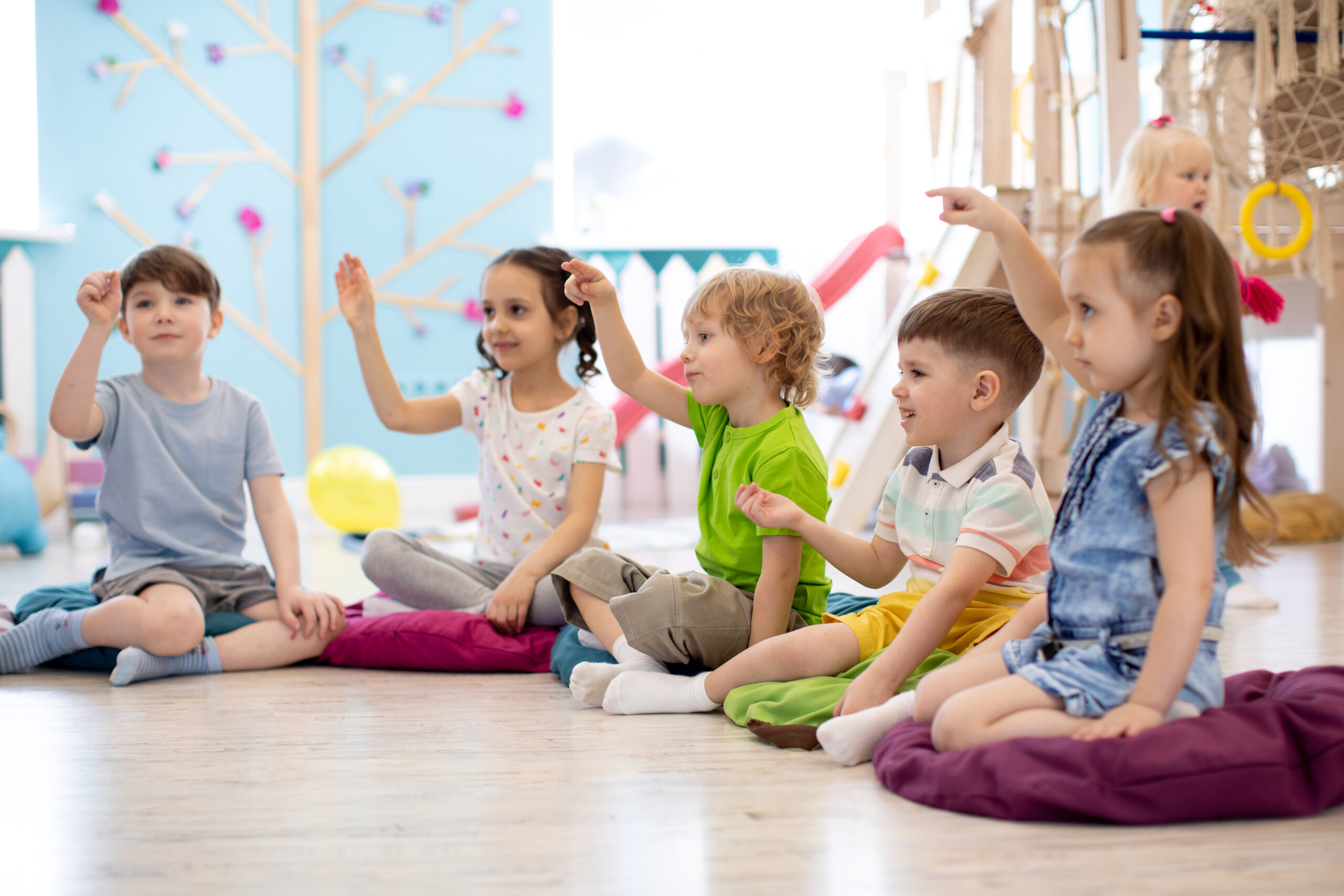
Social Skills Group (Primary)
Social Skills Group (Primary)
 A social skills communication group in speech therapy focuses on children (primary school age) or adolescents (secondary school age), developing appropriate social interactions and communication skills.
A social skills communication group in speech therapy focuses on children (primary school age) or adolescents (secondary school age), developing appropriate social interactions and communication skills.
Areas of focus include initiating conversations in a group, understanding non-verbal cues, taking turns in conversations, and using polite language.
Activities may include role-playing, group discussions, games, and interactive exercises to practice these skills in real-life scenarios.
The goal is to improve social confidence, foster better relationships, and enhance overall communication abilities in both structured and informal settings.

Social Skills Groups (Secondary)
Social Skills Group (Primary)
 A social skills communication group in speech therapy focuses on children (primary school age) or adolescents (secondary school age), developing appropriate social interactions and communication skills.
A social skills communication group in speech therapy focuses on children (primary school age) or adolescents (secondary school age), developing appropriate social interactions and communication skills.
Areas of focus include initiating conversations in a group, understanding non-verbal cues, taking turns in conversations, and using polite language.
Activities may include role-playing, group discussions, games, and interactive exercises to practice these skills in real-life scenarios.
The goal is to improve social confidence, foster better relationships, and enhance overall communication abilities in both structured and informal settings.

Lets Talk
We’re here to support your speech therapy journey! Have questions or ready to take the next step? Whether you’re seeking expert guidance or just want to learn more about our services, we look forward to connecting with you. Your path to improved communication starts here!

